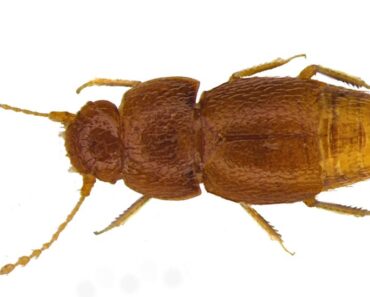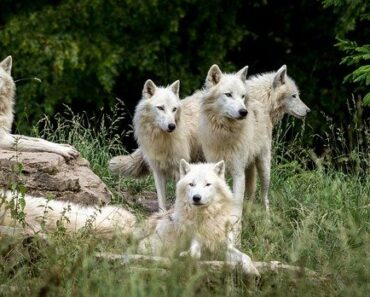
The European beaver is the second largest rodent in the world after the capybara (living in Central America). There are two species of beaver, one living in Europe particularly in France, Germany, Norway and Russia and the other living in North America (Canadian beaver). It is a semi-aquatic herbivorous animal, feeding on twigs, bark and aquatic plants.
1. The European beaver is an outstanding architect.
Beavers build to create a habitat. These rodents spend their lives building, repairing cracks or leaks that they locate without any problem. Initially, the foundation of the lodge consists of wood, mud, rocks and other available materials placed at the bottom of the pond. This foundation should be about 1.20 m long and then the construction of the structure, which is made of scrap wood, logs and other plant materials. Once the structure is finished, all that remains is to waterproof it by covering it with a thick layer of mud.
Inside the lodge, these rodents build a cozy nest covered with litter to sleep and raise their young.
2. A morphology adapted to the construction
To build his home, the beaver has great tools at his disposal.
Indeed, he has a powerful jaw and long orange sharpened incisors, which grow continuously throughout his life. He has to file them by gnawing wood regularly. It can thus move very heavy logs of wood.
The second, is its large flat tail covered with scales that allows it to move quickly underwater and to maintain its balance on land. He can swim at a speed of 8km/h!
Its webbed feet allow it to be totally at ease in the water, as well as its claws allow it to cling to tree trunks.
The beaver has a third eyelid (the nictitating membrane), so it can see underwater without damaging its eye.
Finally, its fur has a natural waterproofing agent. It produces a thick oil with which it covers its hair, leaving it dry. That’s not all! His nostrils and ears become blocked when he enters the water, providing him with a safety device to prevent him from drowning underwater.
3. European beavers are loyal for life.
Beavers form a monogamous couple, a male and a female, united for life. The female gives birth to between 1 and 5 young per year in the spring. A female is sexually mature at two years old compared to three years old for the male. They live in a small colony within the same dam and in some cases the cubs of the previous litter stay with their parents. Most often, they will leave two years later to create their own colony.
4. A precious help for the environment
The beaver modifies the landscape, biodiversity and the environment nearby.
Indeed, some trees are cut down while others are not, leaving room for smaller shrubs. Several environments that were once simple forests have been transformed into ponds with areas of wet meadows, attracting other animal species such as ruminants, freshwater fish, water birds.
The beaver would also be able to prevent flooding thanks to the construction of dams. This would retain and slow down the flow of water in case of severe weather. The water would therefore run off little by little instead of flowing directly to its point of arrival.
It would also limit erosion and increase soil fertility.






